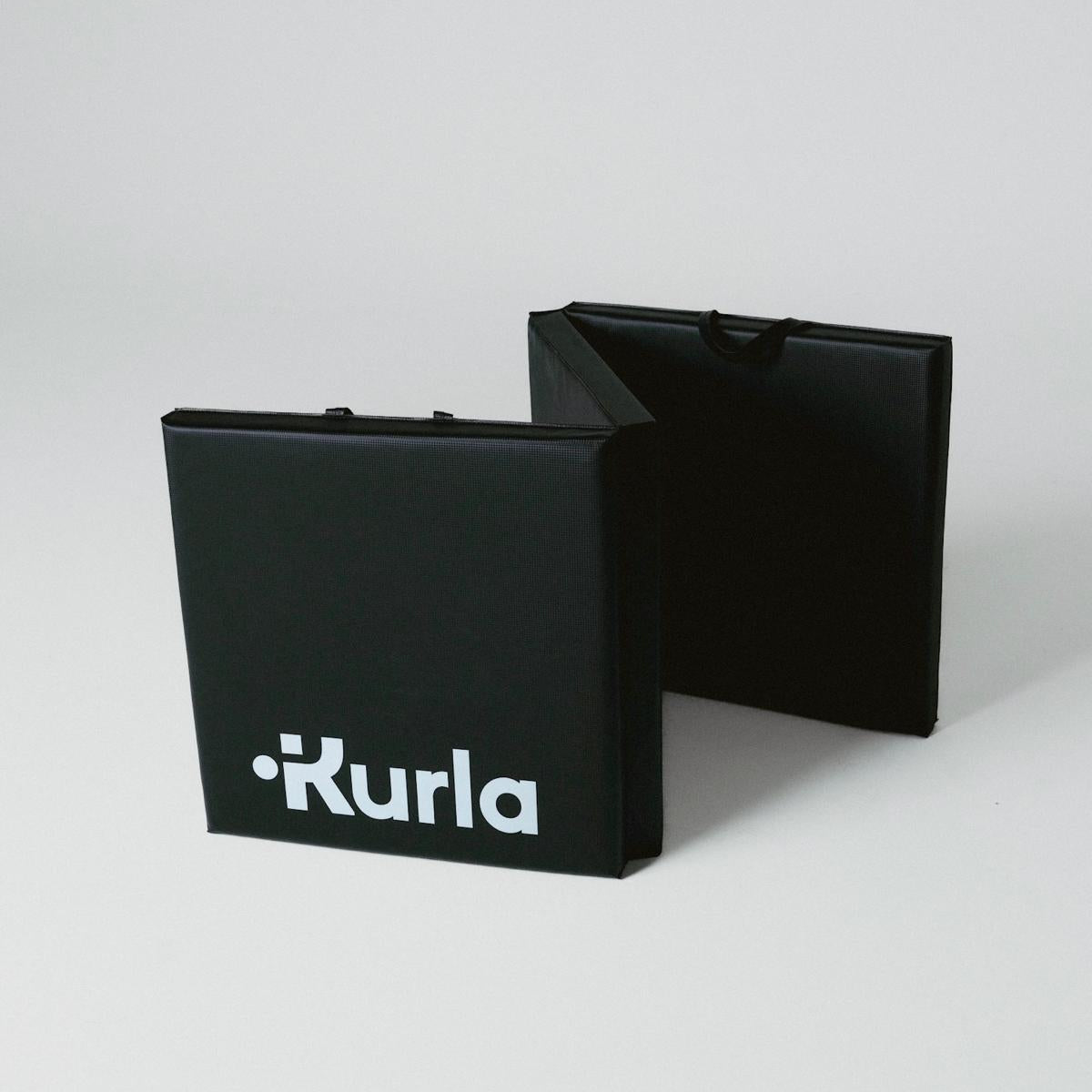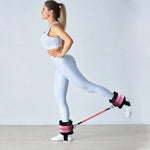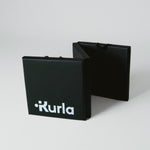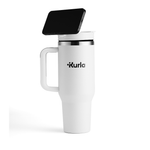
Do Wrist Weights Actually Tone Your Arms?
Share
Walking is one of the most accessible, low-impact forms of fitness. Easy to fit into busy schedules and friendly for nearly all fitness levels, it has long been prized for cardiovascular and mental health benefits. With fitness influencers touting new trends like walking with wrist weights, many of us have wondered: Can a simple strip of extra pounds really tone our arms?
In this blog, we explore what wrist weights actually do, why their popularity endures, and how you can use them safely and effectively. We'll also introduce a smart option for anyone ready to test lightweight wearable resistance.
What Are Wrist Weights and How Are They Used?
Wrist weights are compact, wearable cuffs that wrap around the wrist. They typically range from 1 to 5 pounds and are designed to add mild resistance to arm motion during walking, household chores, or even workouts.
Unlike dumbbells, wrist weights don’t require grip strength—making them a popular choice for multitaskers or individuals in rehab. By adding tension to arm swings and natural motion, they offer a glimpse into resistance training with minimal disruption to your stride.
Why the Hype? The Case for Wrist Weights
Wrist weights have recently experienced a resurgence on social media platforms like TikTok, as influencers promote simple ways to boost arm tone without gym equipment. Many users suggest that a daily walk can transform into a full-body workout with the addition of light wearable resistance.
There’s some truth to this. Expert insights reveal that such weights can:
-
Increase muscle activation of the arms and shoulders
-
Raise heart rate and calorie expenditure slightly
-
Enhance muscular endurance over time
-
Improve coordination and posture during movement
While small in scale, the benefits are real—especially for individuals seeking a gentle introduction to strength-based walking routines.
What the Research Says
A detailed review by Health.com outlines the effects of adding wrist weights to walks—emphasizing their ability to enhance cardiovascular and muscular endurance, while also cautioning they are not a substitute for heavier resistance training (health.com, betterme.world, en.wikipedia.org). The article points out that, although these weights can boost calorie burn, they’re best used in moderation and in conjunction with traditional strength training when actual muscle toning is your goal.
Benefits of Walking with Wrist Weights
Enhanced Calorie Burn
By adding resistance to repetitive arm swing, wrist weights help elevate your heart rate, turning a simple walk into a slightly more intense cardio session.
Improved Arm and Shoulder Endurance
Consistent use—especially during brisk walking—can build stamina in upper body muscles, making everyday arms feel stronger.
Better Posture and Engagement
Consciously keeping elbows bent and shoulders engaged while walking enhances alignment and promotes better body awareness.
Accessibility and Convenience
Wrist weights allow you to add resistance without grip stress or needing extra gym equipment—ideal for multitaskers or those with arthritis.
Potential Drawbacks and Risks
Risk of Overuse Injury
Wearing wrist weights for too long or using heavy weights can lead to tendonitis in the wrists, elbows, or shoulders.
Altered Walking Mechanics
Overextending arms or swinging unnaturally can disrupt stride and posture, possibly leading to muscle imbalances.
Limited Strength Gains
Because wrist weights provide light resistance, they’re unlikely to build significant arm mass. They work best as part of a broader fitness plan.
Elevated Blood Pressure
Extended use of hand-held or wrist weights may increase heart rate and blood pressure—caution is advised for individuals with heart conditions.
Tips for Safe and Smart Use
-
Start light—opt for 1–2 lb weights
-
Limit use to 10–20 minutes per session
-
Maintain posture with elbows bent at a natural 90° angle
-
Avoid high-intensity use like fast walking or jogging
-
Monitor your body—reduce weight or stop if you feel wrist or shoulder discomfort
-
Blend training by pairing walks with full-body workouts for actual muscle definition
Experts recommend using wrist weights as a supplement rather than your primary strength tool. They elevate walking—but won’t replace targeted exercises like curls or presses.
Should You Walk with Wrist Weights?
If your goal is to enhance endurance, burn slightly more calories, or add interest to your walks, wrist weights can be a smart, compact choice. They’re especially helpful for individuals who struggle with grip strength or aren’t ready for gym equipment. Just don’t expect dramatic changes from walking alone—it’s more about gradual improvement and consistency.
Better Alternatives for Safe Resistance
If you're curious about increasing intensity without risking injury, consider a product designed for wearability and versatility. For example, the 4 lb ankle and wrist weight offers balanced, ergonomic resistance. Unlike many trends, this wearable weight is adaptable: secure, comfortable, and built to support both legs and arms during movement.
By starting with 4 lbs, you achieve a safe training load that maintains proper form, encourages arm engagement, and lets you explore resistance training confidently.
Final Thoughts
Walking with wrist weights can add a subtle challenge to your routine. Their benefits include slightly increased calorie burn, improved endurance, and enhanced posture—and they’re easy to use. But they aren’t a magic solution for sculpted arms. Proper strength training, steady progression, and attention to form are essential for real results.
If you want to begin experimenting with wearable resistance, choose light, modular weights like KURLA’s 4 lb ankle and wrist weight. Use them strategically during walks, track your form, and complement them with targeted exercises. Over time, you’ll notice stronger arms, better stamina, and a smarter fitness habit.
Ready to Try It?
Make your walks work harder with the right tool. The 4 lb ankle and wrist weight from KURLA is perfect for adding scalable resistance to your daily routine—comfortable, adjustable, and ideal for beginners. Ready to elevate your stride? Buy Now





